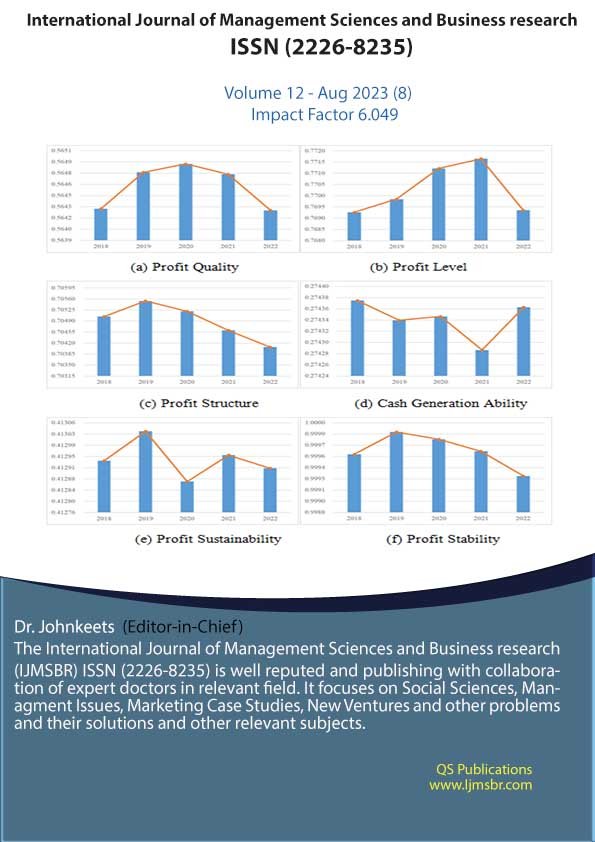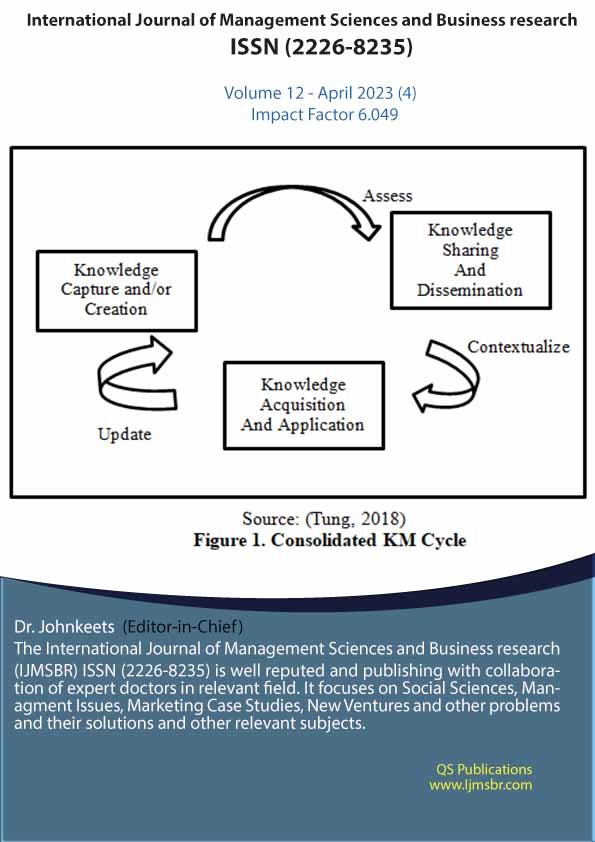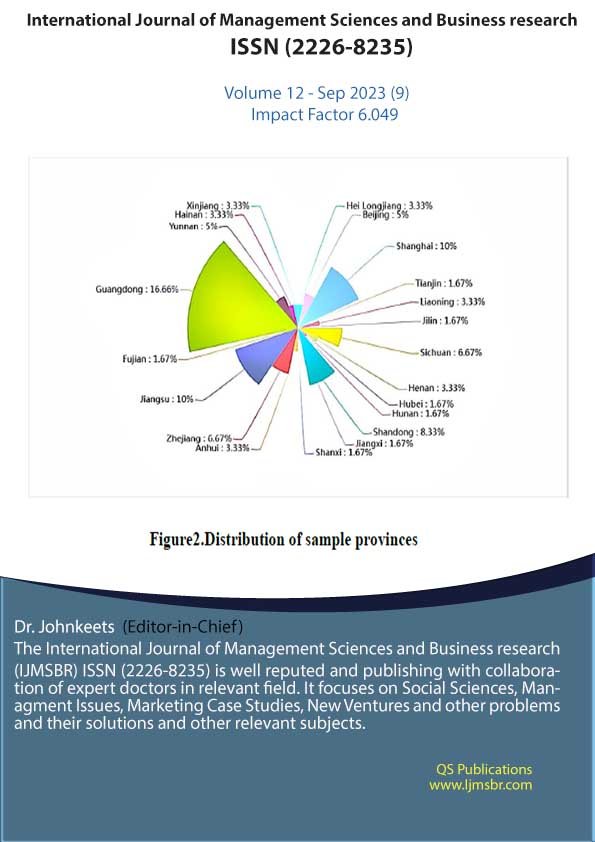Protecting the Rights of Women and Girls in Post-Conflict Humanitarian Contexts in the D.R. Congo
Author’s Details: (1)Jian Jisong (2)Nsaka Kabunda Anne Marie
1 Prof. Jian Jisong, Vice-Dean in Charge of International Affairs and Education – Law School – Zhongnan University of Economics and Law. 2 Nsaka Kabunda Anne Marie – Lecturer in Law School of University of Kinshasa (DR. Congo), Gender Program Officer of Institute of Democracy, Gornance, Peace and Development in Africa (IDGPA), PhD Degree in International Law – Law School – Zhongnan University of Economics and Law, 182# Nanhu Avenue, East Lake High-Tech Development Zone, Wuhan, Hubei, China, 430073.
Abstract
Current conflicts, the development of new forms of combat and strategies adopted by the parties to a conflict, are increasingly affecting women and girls. Thus, far from being spared, women and girls are now placed at the heart of conflicts and become one of the main victims, not only because they constitute a large part of the civilian population but also because of their vulnerability. In DR Congo, a country that has been experiencing intermittent armed conflict for more than a decade and whose human cost would be the highest in a state after the Second World War, women and girls are among the civilians whose rights are most violated.
During the period under review, January to December 2017 the United Nations Organization Stabilization Mission in the Democratic Republic of the Congo (MONUSCO) verified 804 cases of conflict-related sexual violence, affecting 507 women, 265 girls, 30 men, and 2 boys, representing an increase from the previous reporting period. During the same period, the United Nations Population Fund (UNFPA) reported 5,783 cases of sexual violence in conflict-affected provinces, more than twice as many as in 2016. Approximately 72 percent of cases were attributed to non-State armed groups, notably Two militia in Tanganyika and the ‘‘Force de résistance patriotique de l’Ituri’’ (FRPI) operating in Irumu territory in Ituri. More than half of the sexual assaults by FRPI involved multiple attackers, and 40 percent of incidents were perpetrated in conjunction with looting, pillage, and theft. There was an increase in the number of incidents attributed to both FARDC (28 percent) and the Congolese National Police (109 percent) in 2017. Over one third of those sexually assaulted by members of the national police were being detained in police custody at the time.
Keywords: Rights Protection, Women and Girls, Conflict, Humanitarian, D.R. Congo.




